
Reaching the Grassroots: a Case Study from Kalahandi
- By Udayan Mohapatra & Paritosh Pathak
- July 11, 2023
Introduction
Kalahandi, in southern Odisha, has often been in the news for the wrong reasons. With changing times and continuous effort, a lot has improved in the district. Today, the district is one of the largest producers of cotton and paddy in the state. The NITI Aayog has appreciated Kalahandi’s success in reducing anaemia among adolescent girls and women. The Government of India has recognized Kalahandi’s efforts at promoting MSMEs in the district. However, skill development and employment remain a major challenge. An important underlying cause identified by MGN Fellow (Kalahandi) was that many candidates, particularly those from marginalized communities, were unwilling to move out of their hometowns. Years of exploitation by ‘outsiders’ have made them suspicious of any outside prospect that promises a better future.
In September 2022, Tata Electronics Pvt Ltd approached the district administration to organize a job drive. The aim was to employ tribal girl candidates in the age group of 18 to 21 years at its Hosur unit in Tamil Nadu. This was an excellent opportunity for the district to showcase to the world that the district is ready to change the world’s perception.
Planning: Reaching the grassroots
With one-fifth of the Kalahandi population classified as tribal, and four of its 13 development blocks accounting for nearly 75% of the tribal population, it was easy to get the word out on the job drive.
At the first district-level meeting, it was decided to entrust Block Development Officers (BDOs) with the responsibility of dispersing information to the candidates in the Gram Panchayat. BDOs were advised to engage the Block Programme Coordinators and Block Programme Managers of Mission Shakti and OLM for this task. When this did not work, an extensive outreach programme was re-planned involving Welfare Extension Officers, Master Book Keepers, Community Resource Persons and Self-Help Groups. Phone numbers of the District Employment office were circulated along with the job description in different WhatsApp groups. Two staff members of the office received calls and clarified doubts regarding a job or a job-offer. To ensure the active participation of the candidates, buses were arranged from each block to and fro on exam day.
Outcomes
|
Candidates Registered |
Candidates Selected |
Selection Percentage |
|
904 |
279 |
30.86% |
The drive in Bhawanipatna was the largest conducted in the state with the highest selection rate. 279 out of 904 registered candidates were finally selected by Tata Electronics Pvt Ltd.
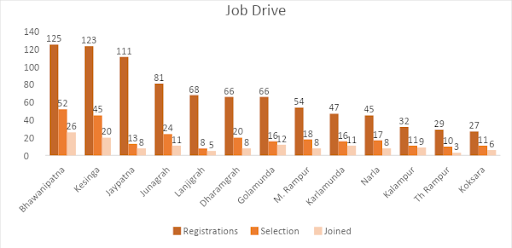
The block-wise analysis shows that participation rate was highest in urban blocks such as Bhawanipatna and Kesinga. However, the selection percentage indicates that the average selection was 30.8%. Interestingly, two urban blocks, Dharmagarh and Junagarh, had lower selection rates than the district average. Thus, not all urban candidates are more employable than rural candidates.
Post drive Counselling
Once the drive was completed, counselling of the candidates and their parents was carried out to clarify any doubts and reservations regarding the job, travel and stay in Hosur. Video conferences were conducted with the candidates to inform them of the documents they had to carry. A three-member team comprising of the District Employment Officer, the Mahatma Gandhi National Fellow and the District Skill Coordinator was asked to accompany the candidates to Hosur and ensure their successful joining of the company.

Of the 279 candidates selected in the drive, 141 joined Tata Electronics. A block-wise analysis shows that the six blocks with the highest joining percentage are all rural blocks. Urban blocks such are Bhawanipatna, Junagarh, Kesinga and Dharmagarh have a lower joining percentage than the district average of 54.30%.
This shows that rural candidates looking for opportunities are more willing to move out of the district to earn a livelihood. The focus of future job drives should be the rural pockets as the real demand lies in these areas.
Learnings:
-
Focus on Rural Areas:
-
While urban areas reflect better participation than rural areas, the rate of successful selection is similar;
-
Candidates in rural areas are more likely to join conditional on receiving an offer than candidates from urban areas.
-
-
Institutional Interventions:
-
Assistance from Block and GP-level officers is key to reach rural youth.
-
Mobilisation of candidates through SHG networks had high efficiency
-
Job seekers and their families have reservations about jobs outside the district. Follow-up and counselling can help allay such concerns.
-
Conclusion
The success of any drive depends on several factors, including the guidance given by the administration. When the intention is clear, and efforts are made to disseminate information success is likely. We document the phenomenon that rural candidates are more likely to join jobs identified through these drives than urban candidates. Further, rural candidates are open to taking up jobs outside the district and that tacit support from the administration can ease the concerns many youth face at the time of joining. Thus, job drives can be effectively utilised by the administration in addressing employment challenges in even the most marginalized communities.


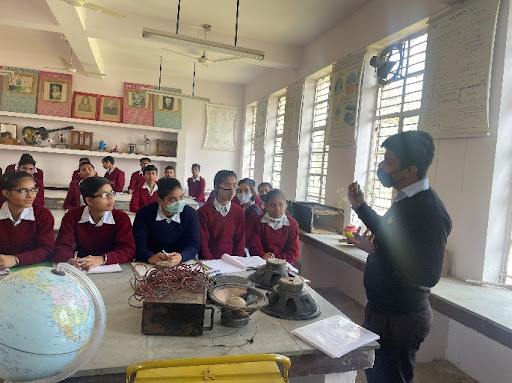
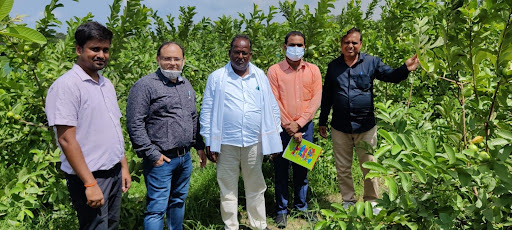


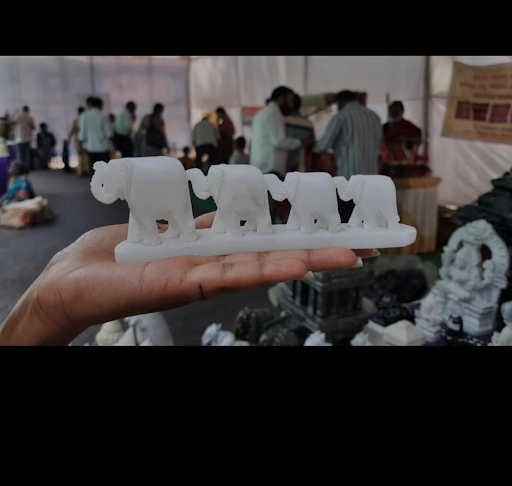
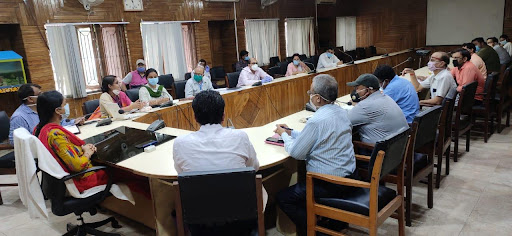

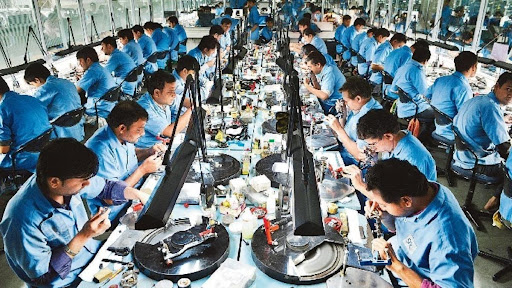




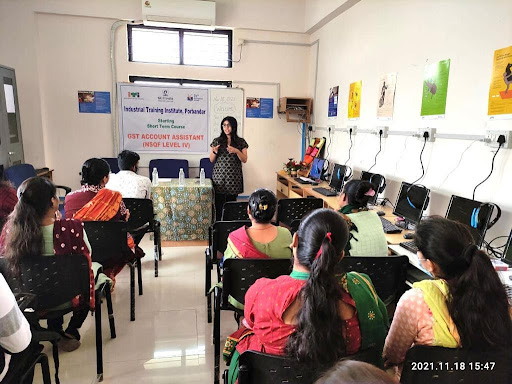
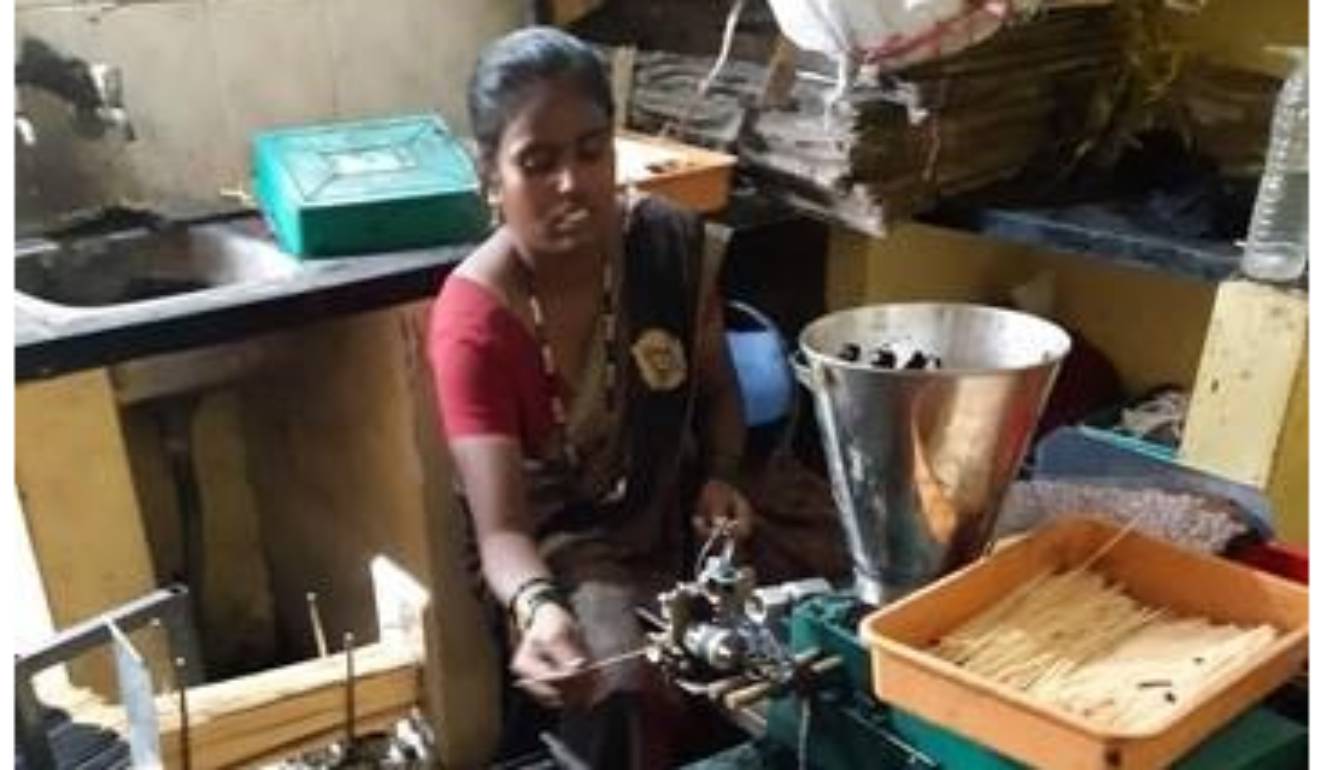



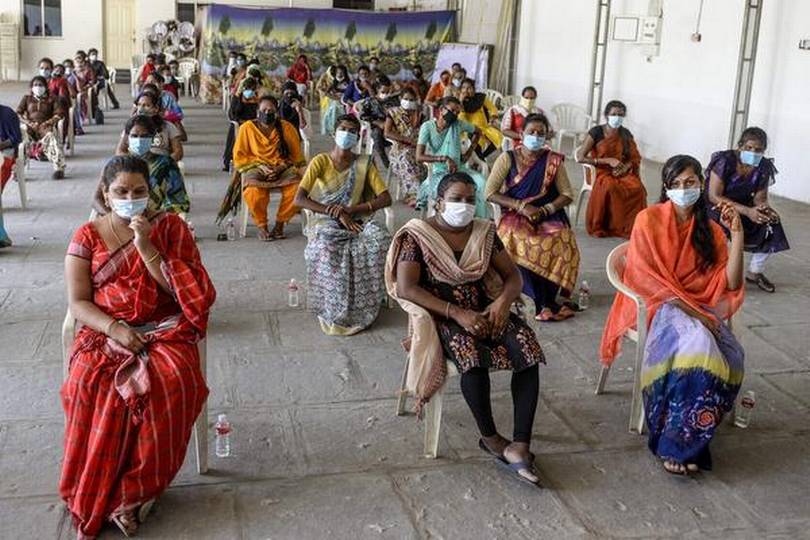








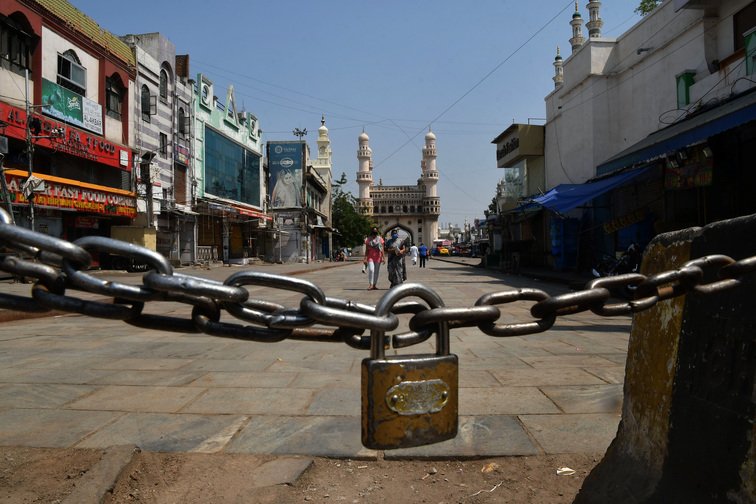




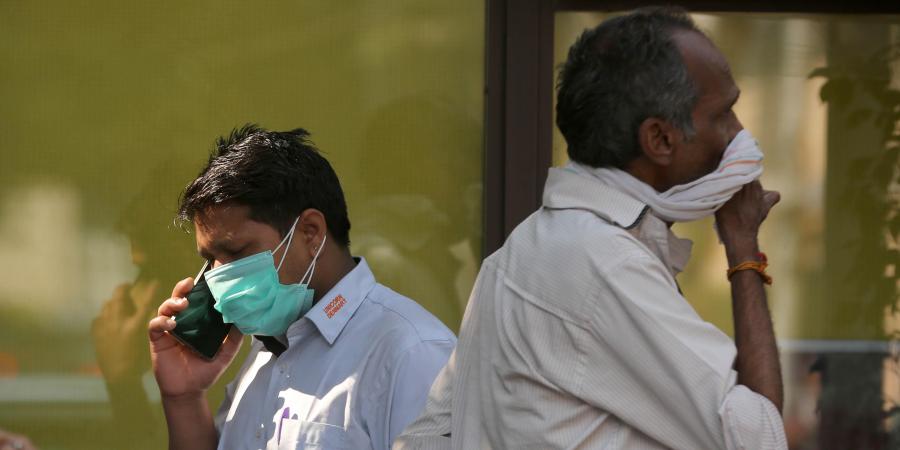
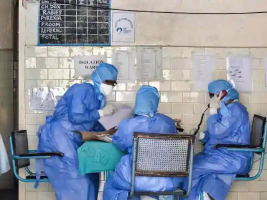


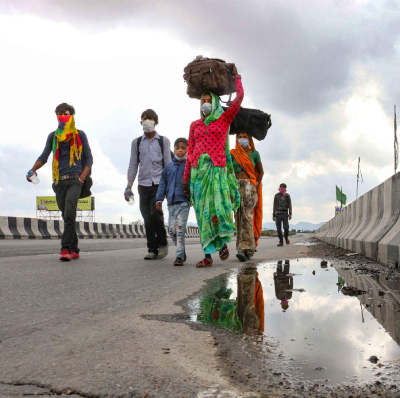

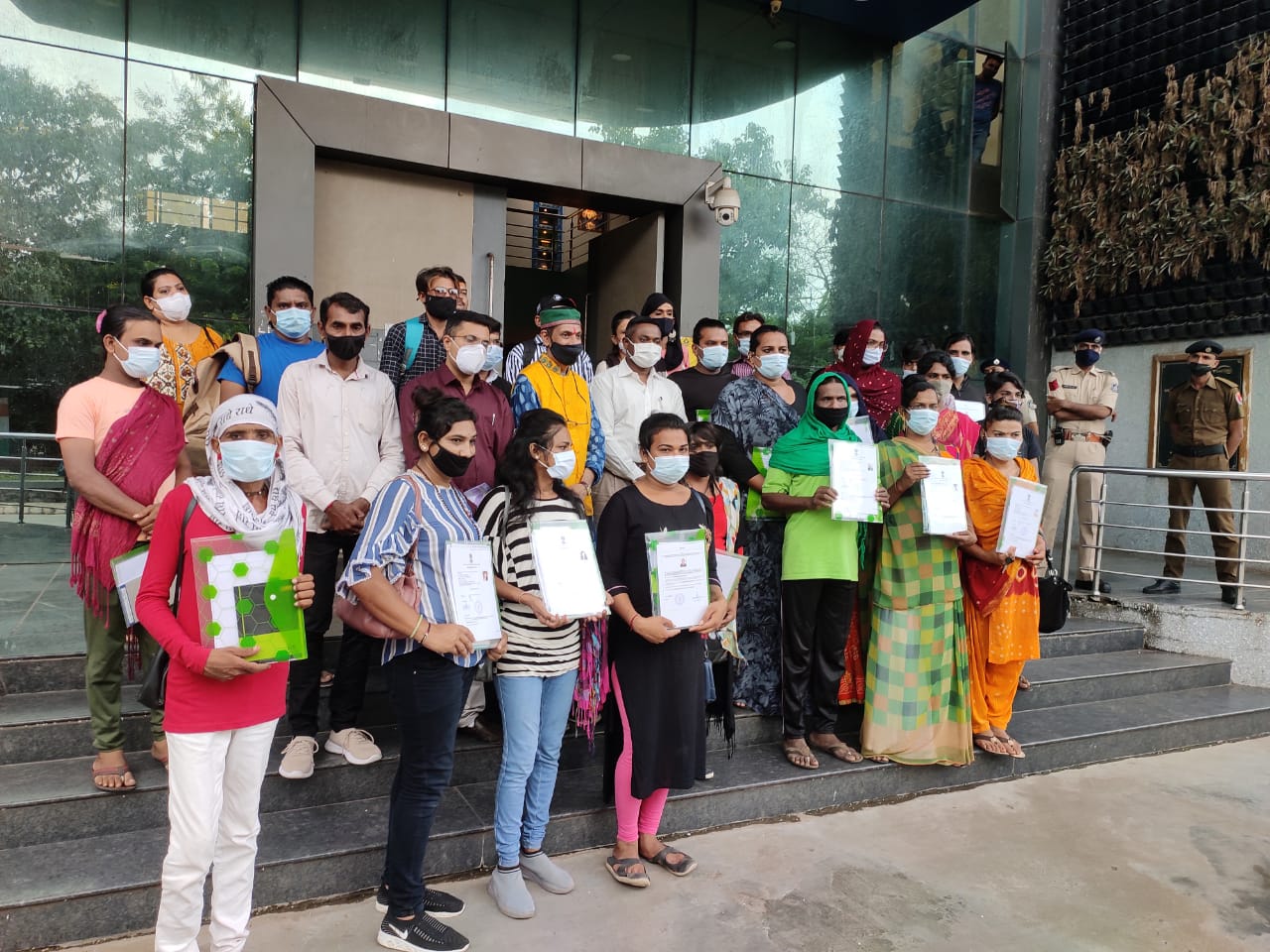
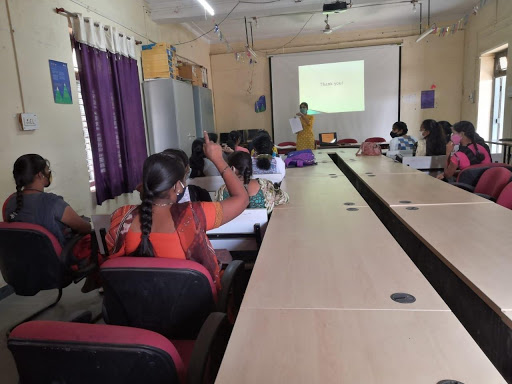



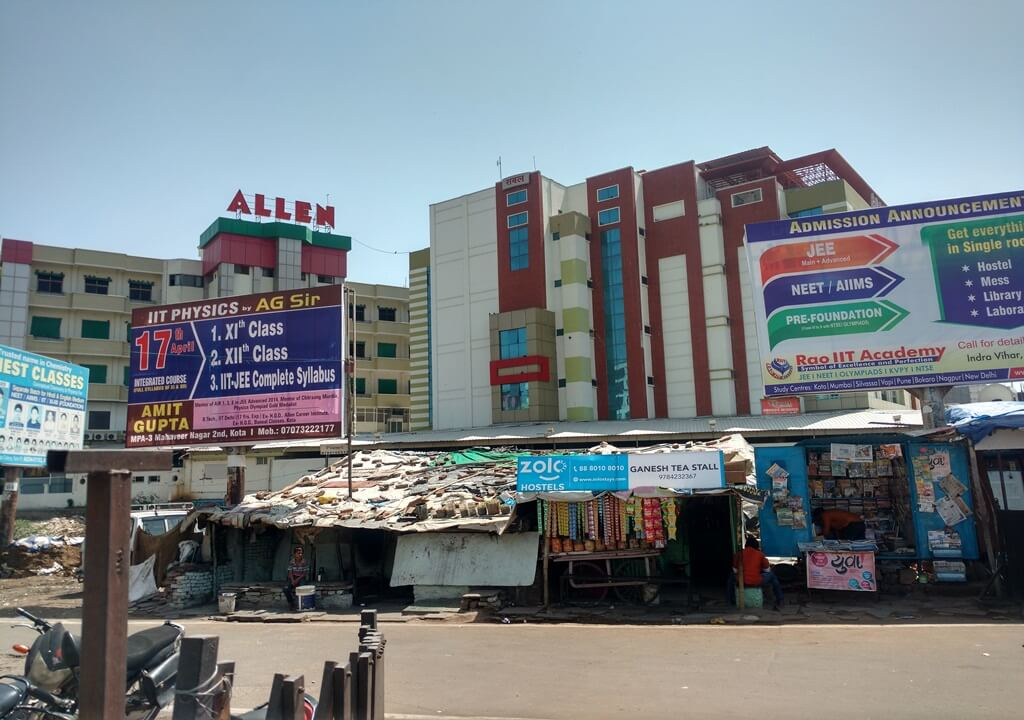
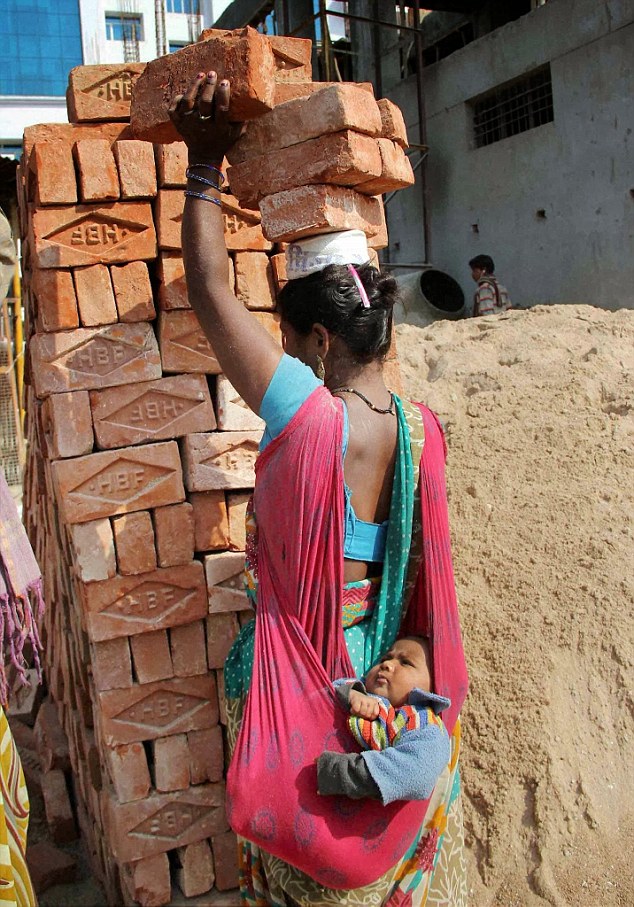


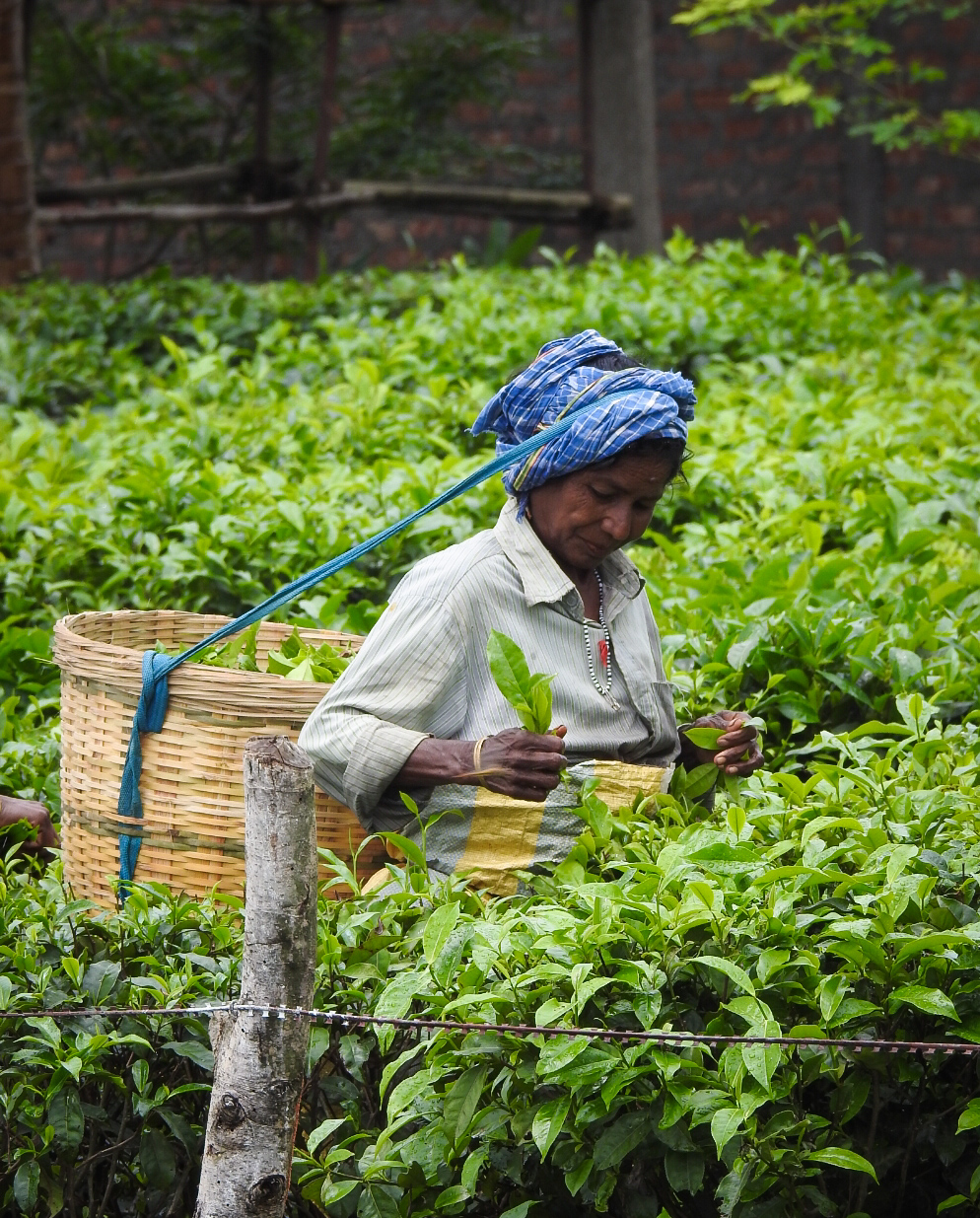
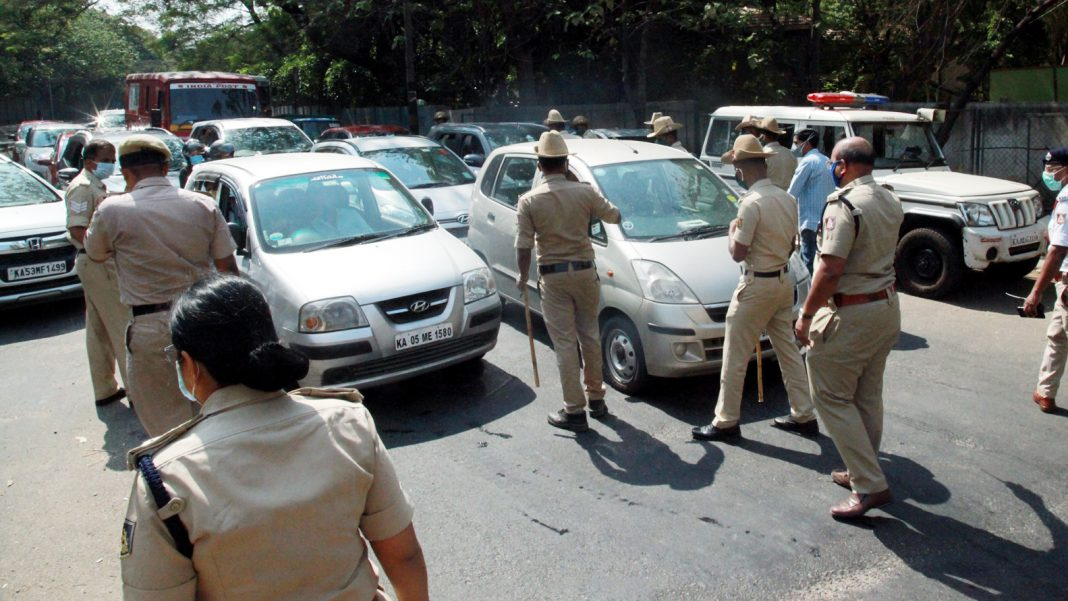


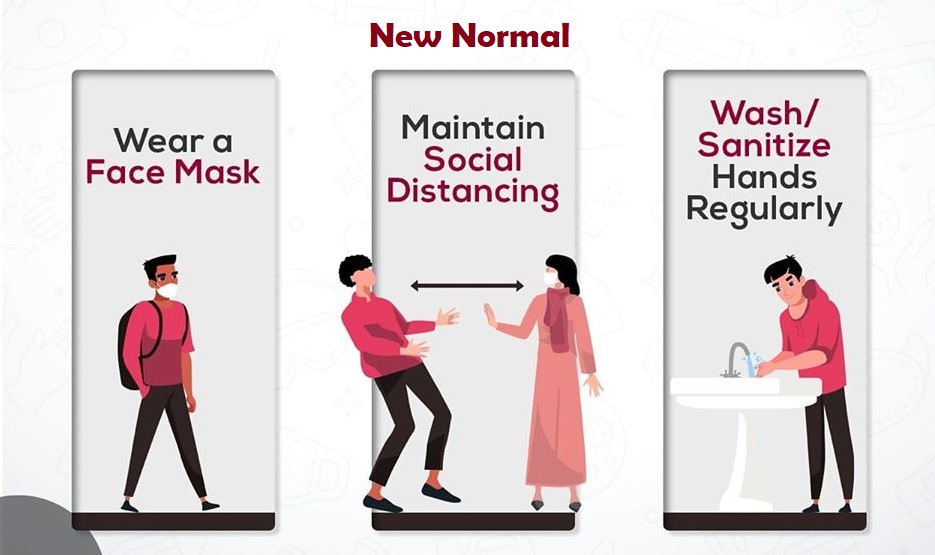
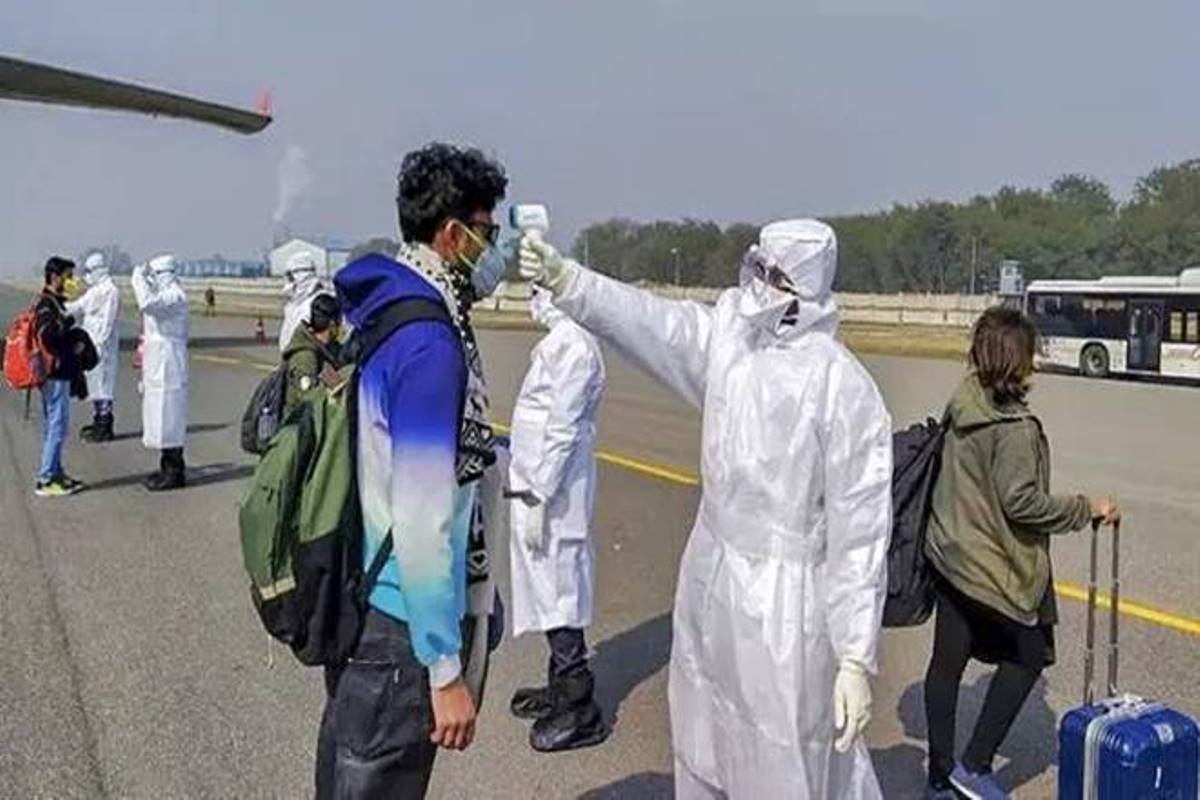


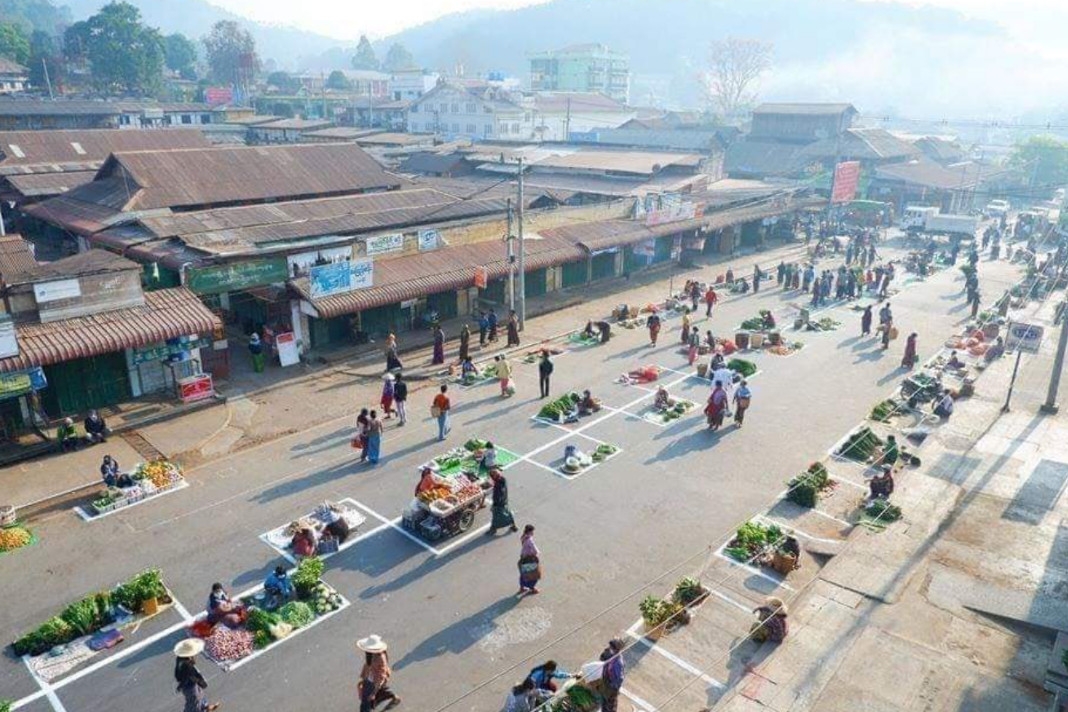
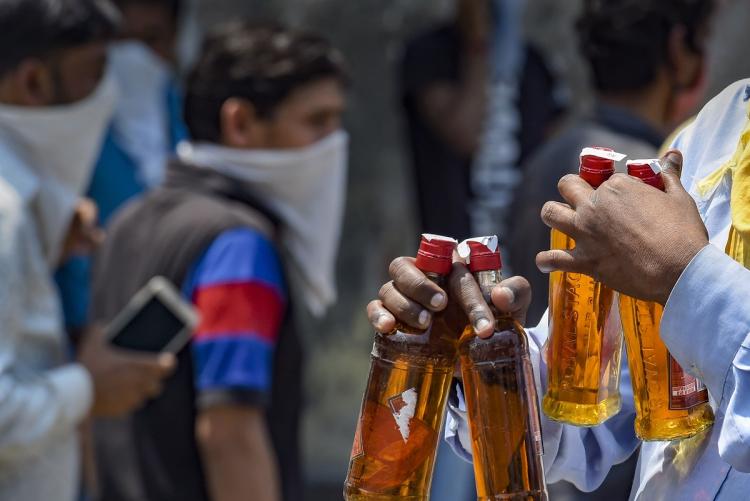
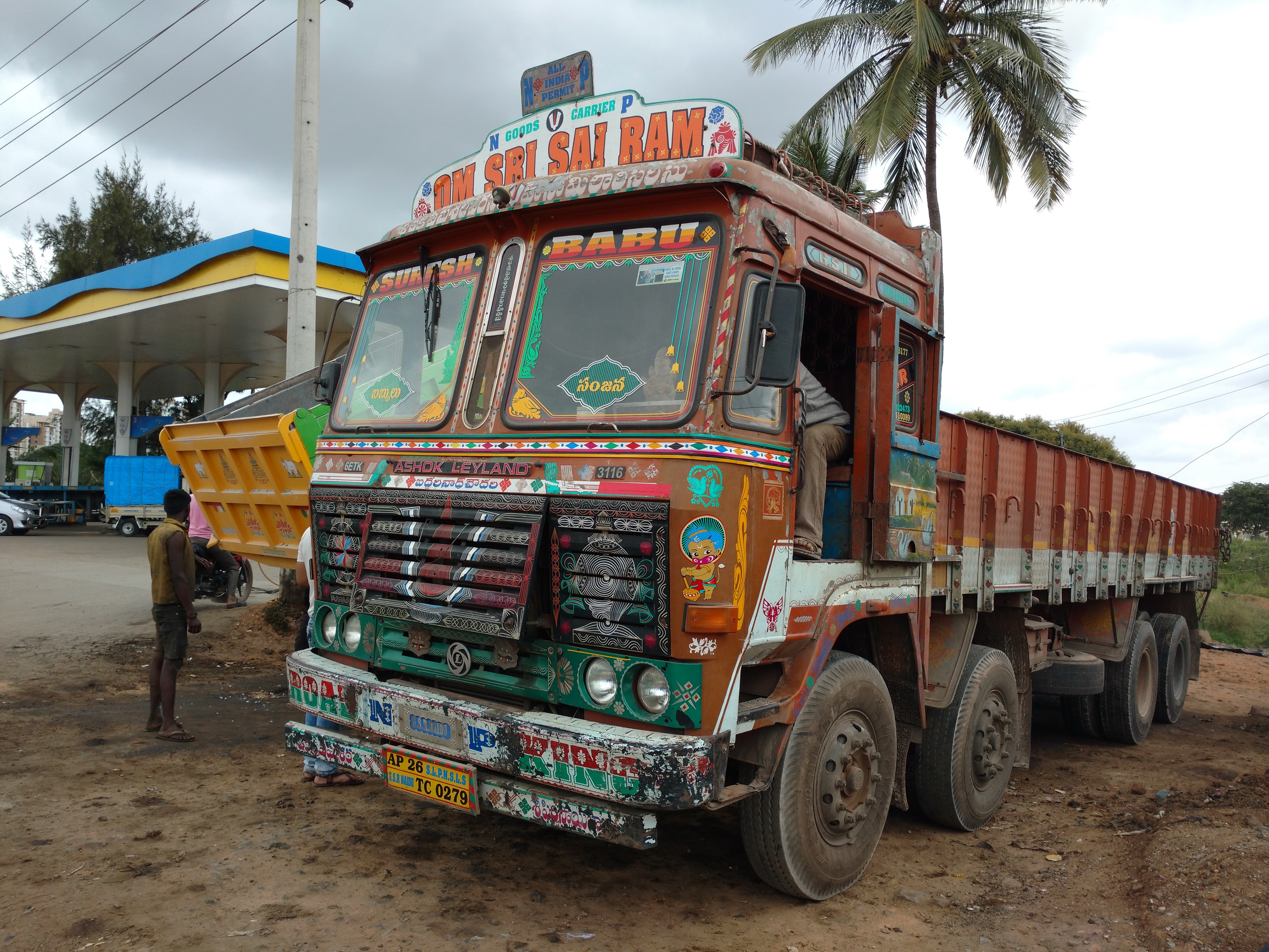

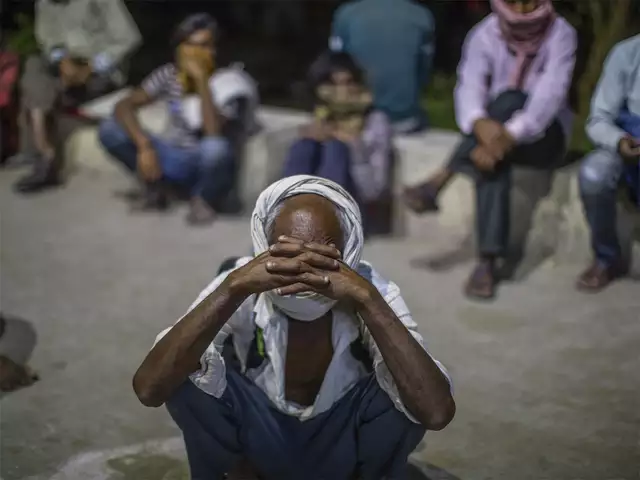

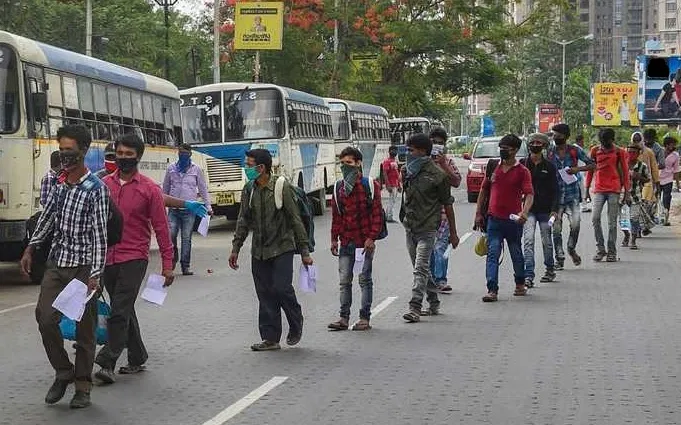



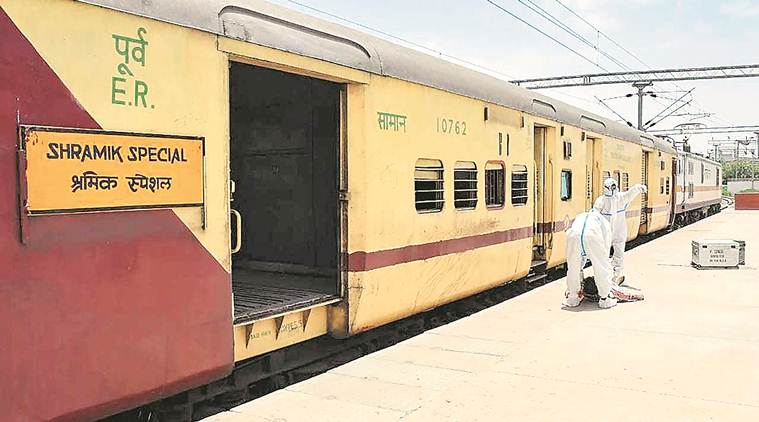




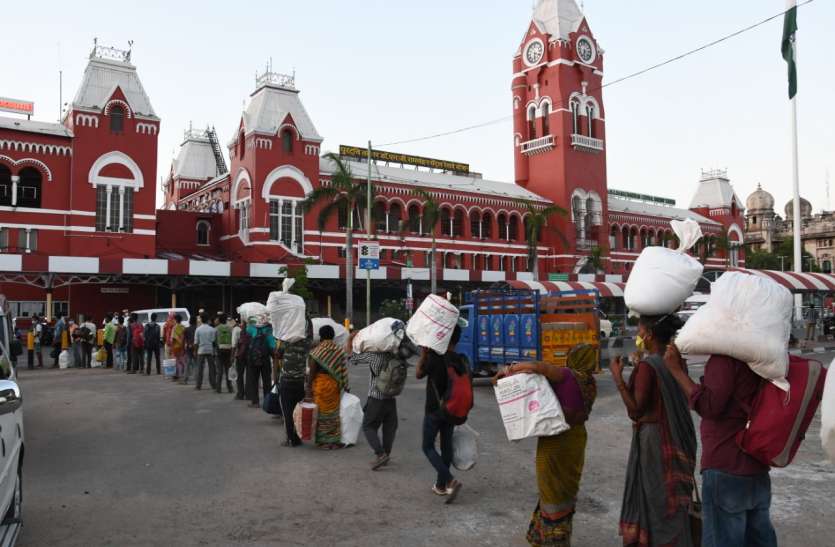
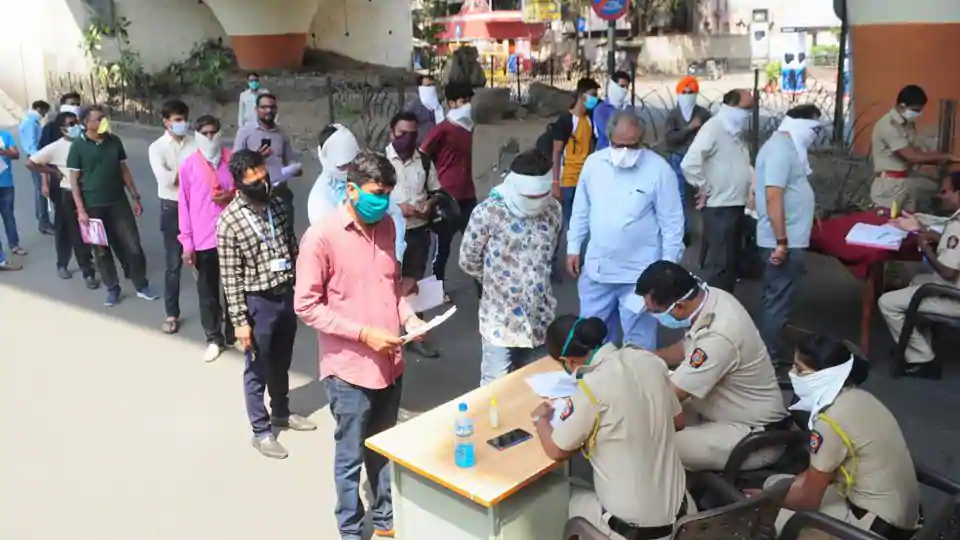
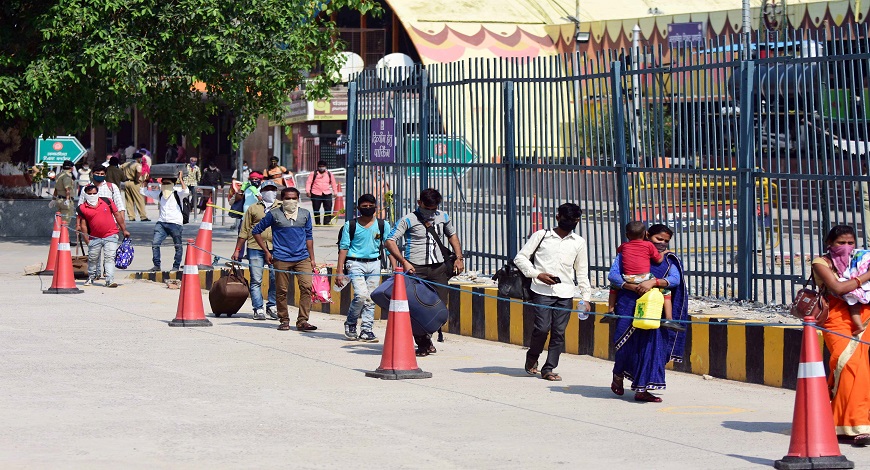
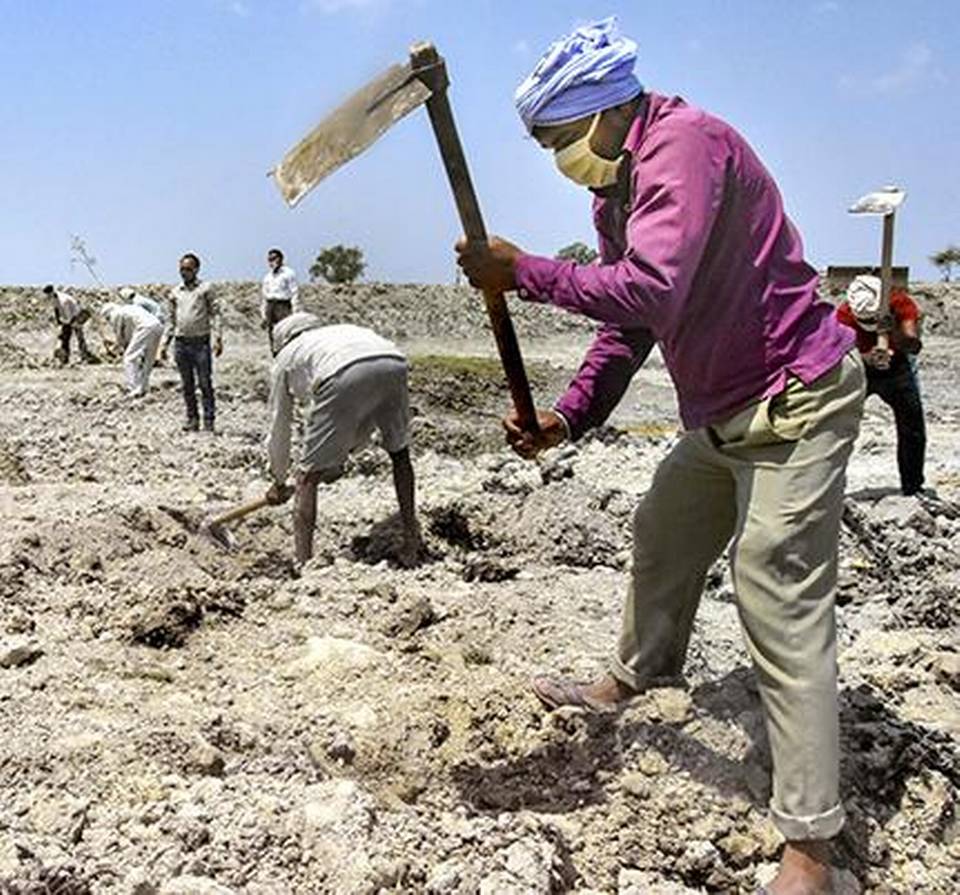
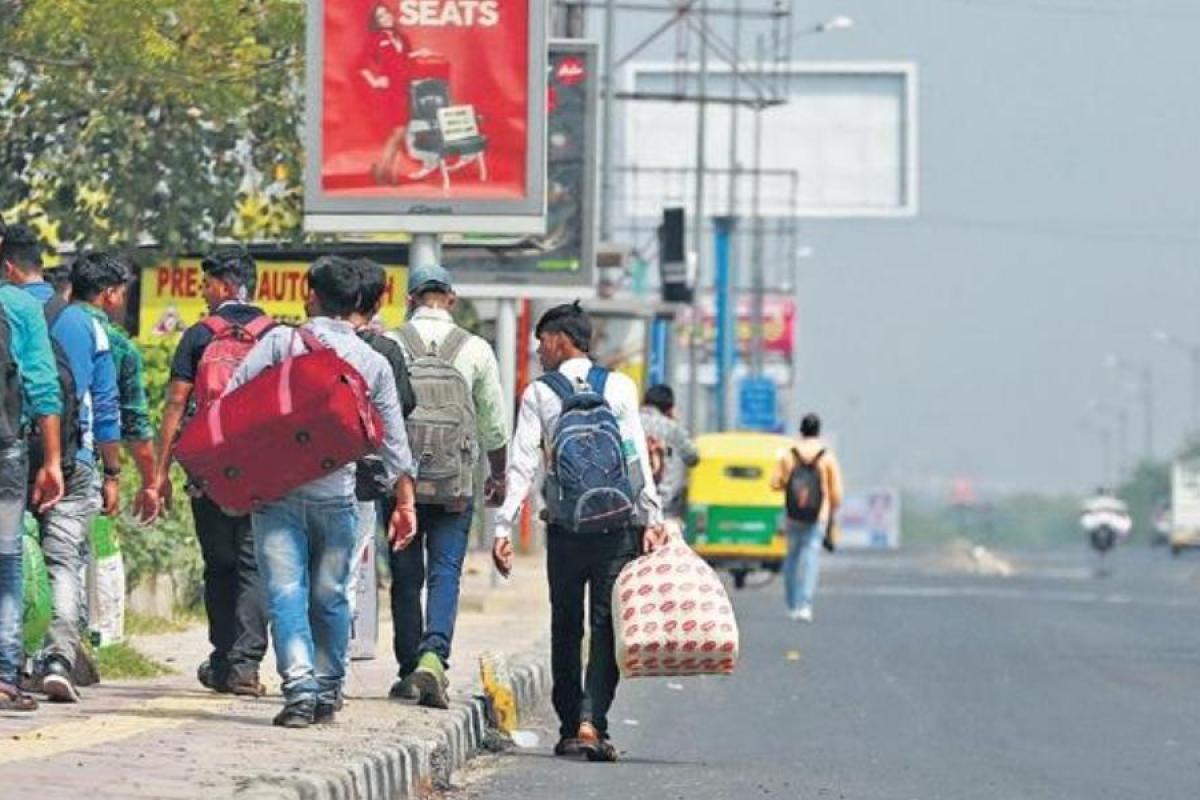
Udayan Mohapatra
Dr. Paritosh Pathak C